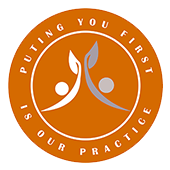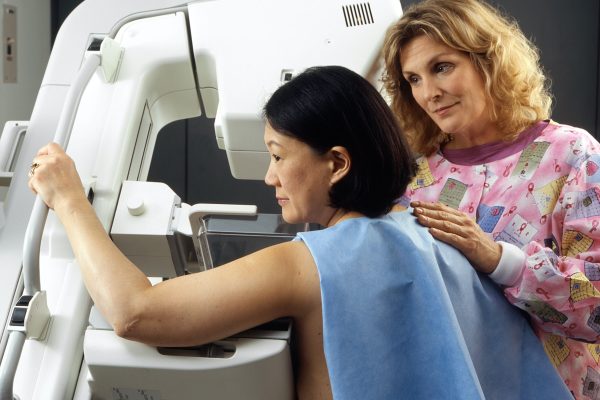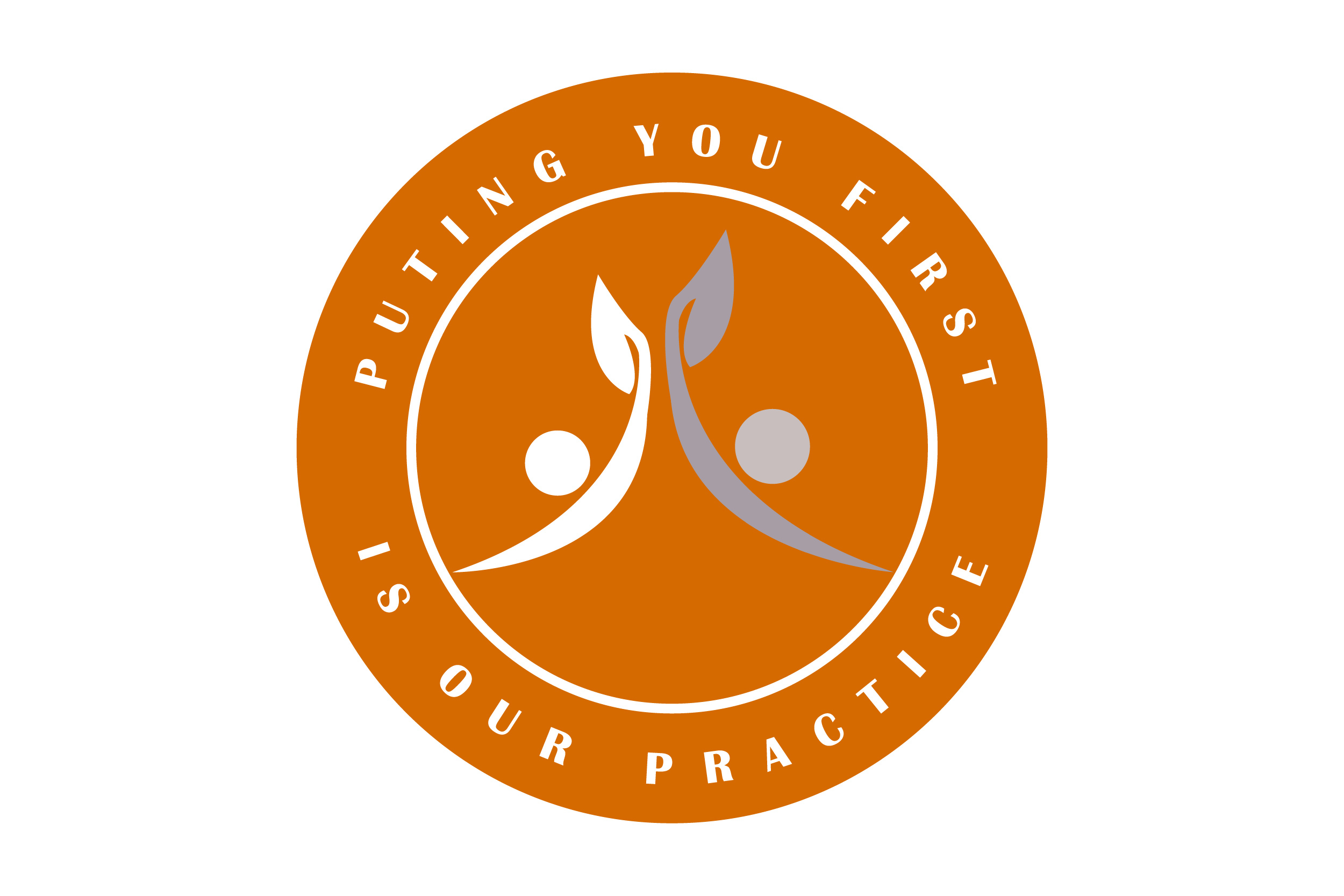Screening Mammography
Do you know when you should have your first screening mammogram? While recommendations from the United States Preventative Task Force and American Cancer Society are intended to help women make decisions regarding their healthcare, the difference in the guidelines related to a screening mammogram may leave you confused. Our experts provide insight to help you determine what’s best for your breast health.
What is a screening mammogram and why is it important?
A screening mammogram is an x-ray exam of your breasts used to detect breast cancer that may be too small to be felt as a lump during a self-exam. The goal of this screening is to detect unsuspected breast cancer at an early and most treatable stage.
When should I have my screening mammogram?
The American Cancer Society recommends that all women have a screening mammogram each year from 45-54 years old, noting that women should have the choice to begin their annual mammograms at the age of 40. “As a breast oncologist, I encourage women to begin their screening mammograms at the age of 40 if they are considered to be normal risk,” shares Latif. “As mentioned above, mammograms can help detect breast cancer early, which is when treatment is most successful.”
“Screening mammograms help create a baseline image,” explains Saunders. “When you return each year for your annual mammogram we are looking for changes from that baseline image. We’re also looking for masses as well as calcification found in the breast.”
What is a 3D mammogram?
3D mammography, also called breast tomosynthesis is an FDA advanced technology that creates a 3-dimensional image of your breasts by taking multiple images. Traditional mammography obtains just one single image. With the multiple pictures from a 3D mammogram, radiologists get a clearer picture.
At Sturdy, we’ve been offering 3D mammography to our patients since 2015. This advanced technology makes it easier for our doctors to detect cancer and allows for them to catch more cancers versus the images produced from a traditional 2D image while also reducing the risk of a false positive. At this time, all of our mammography equipment has 3D mammography capability.
What should I expect?
If you’ve never had a mammogram, you may be a little anxious, which is understandable. Knowing what to expect may put you at ease.
On the day of your mammogram, you’ll want to wear a two piece outfit and refrain from using your beauty products – no deodorant, powder, perfume, creams, and ointments. When you arrive, you’ll check in and will be provided with a robe to put on. When you’re called in, the mammography technician will have you walk up to the machine. Your breasts will then be compressed by two paddles. This may be uncomfortable but thankfully only lasts for a short time.
What happens Next?
A radiologist will read your mammogram results, if everything looks good you will just return the following year for your annual mammogram. If anything was detected that was considered abnormal, you may be called back for additional imaging. “If you are called back, don’t panic,” says Saunders. “A call back does not mean you have cancer, it just means that there is an area of concern that we want to look at a bit closer. This may mean more x-ray images, or an ultrasound to get a better look.
According the ACS, fewer than 1 in 10 women who receive a call back for more tests are found to have cancer.
Know your breasts
While mammograms are an important screening tool and aid in the detection of breast cancer, they don’t detect every type of breast cancer. It’s important that you understand what is normal for your breasts. It doesn’t matter whether you’re male or female, if you notice any changes, bring it to the attention of your doctor. This could include swelling in the breast or chest area, breast or nipple pain, red, dry, flaking or thickened skin on the breast or nipple, nipple discharge, and swollen lymph nodes. With one in eight women being diagnosed with breast cancer during their lifetime, and 2,670 new cases of breast cancer in men diagnosed in 2019, being proactive about your breast health is a critical step in your overall health.


